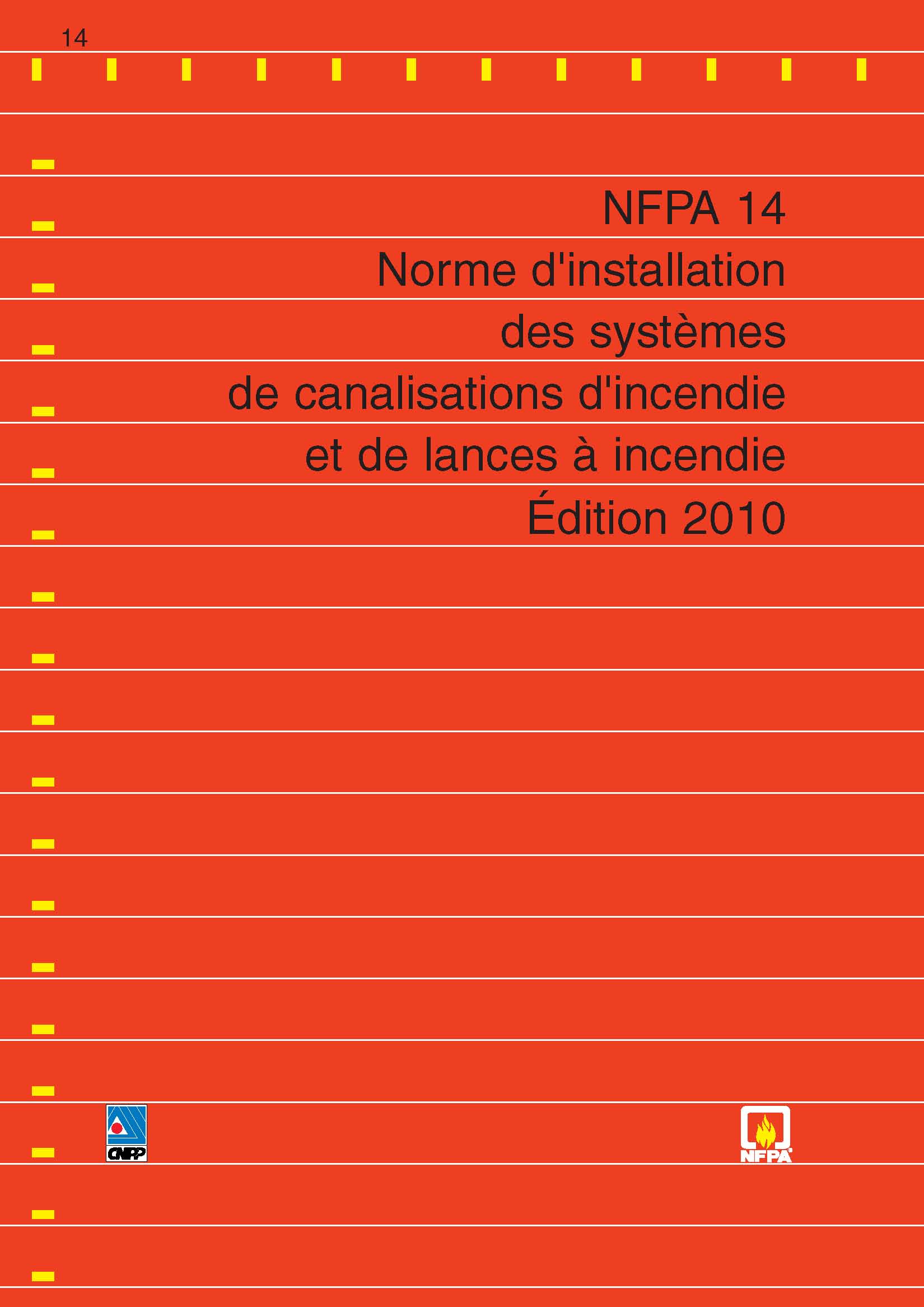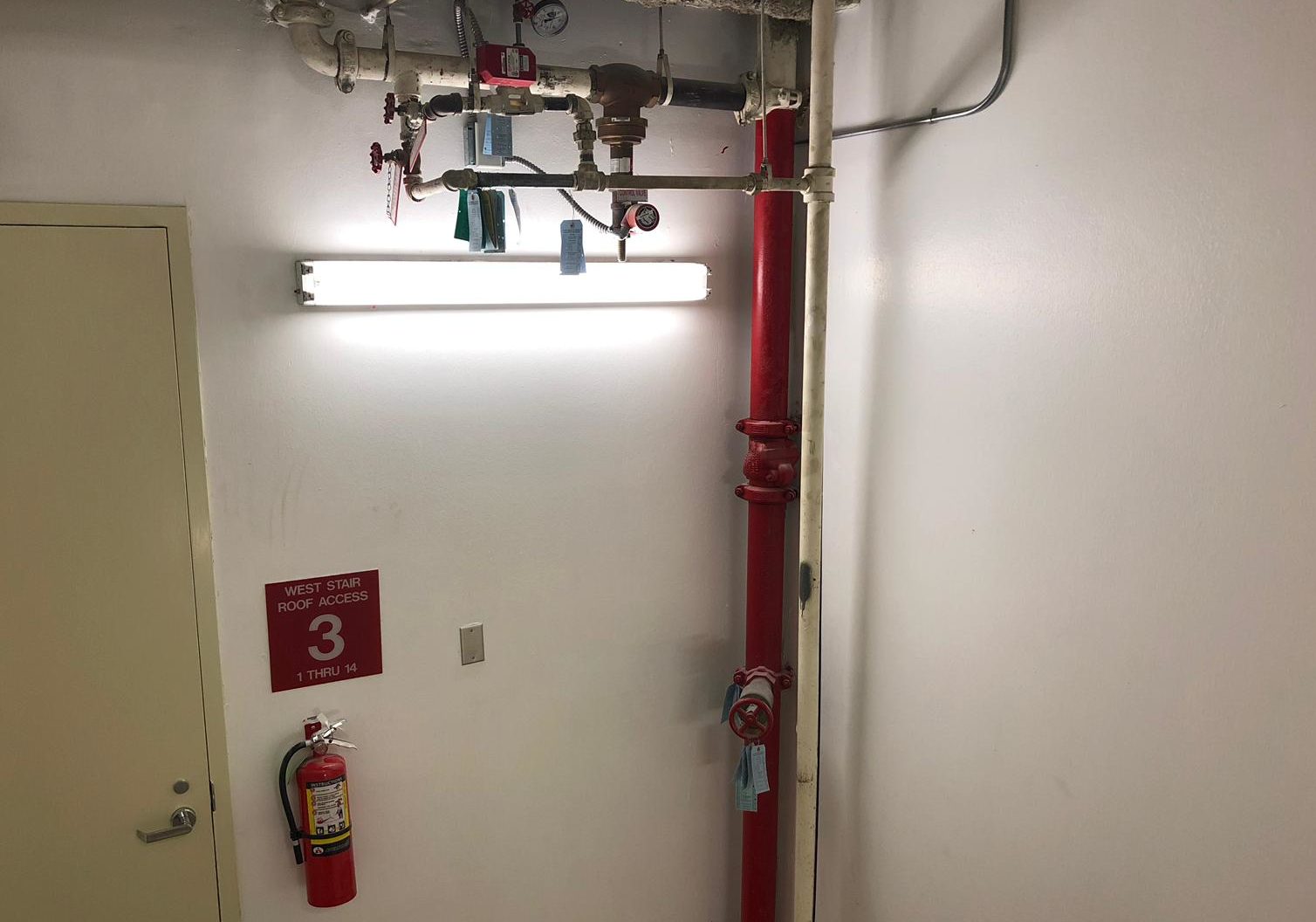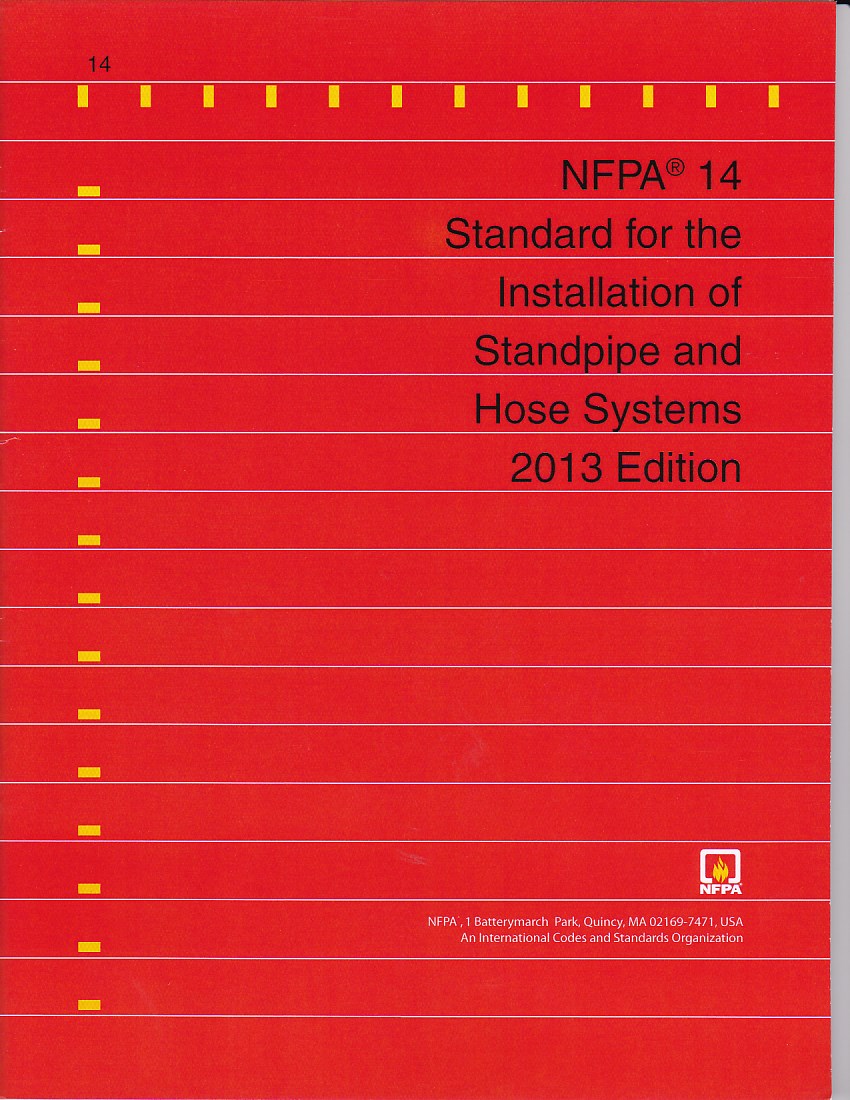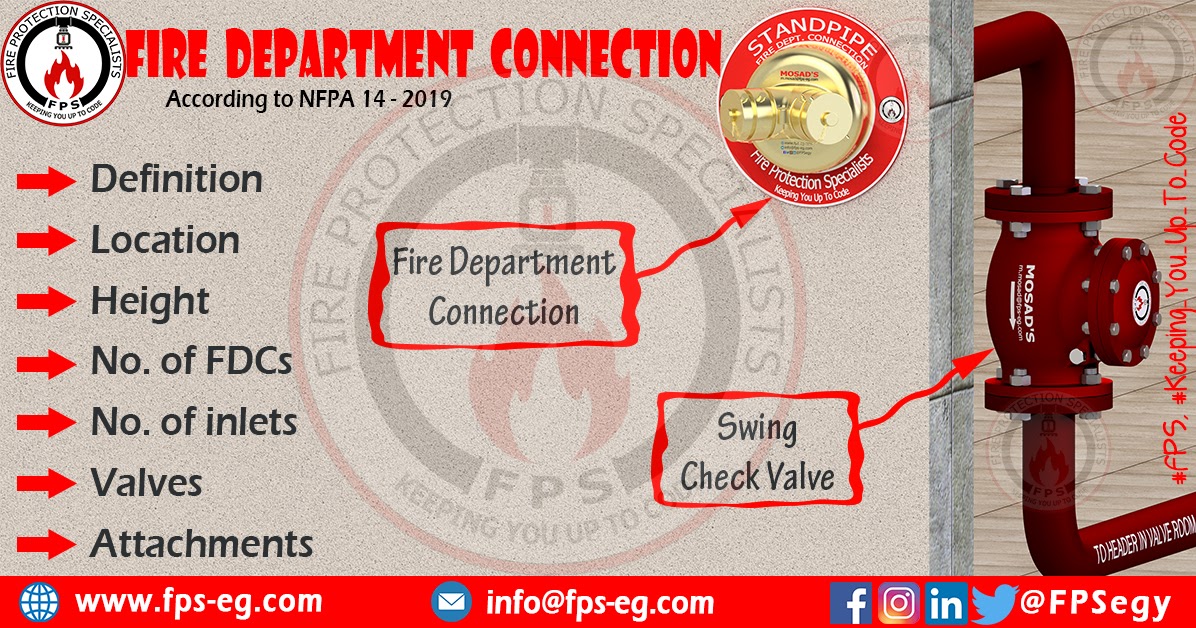
NFPA 14 Types of Standpipe System Firefighting in Urdu/Hindi YouTube
NFPA

NFPA 14 Installation of Standpipe and Hose Systems Amnautical
NFPA 14-19 covers the minimum guidelines for installing standpipes and hose systems. This standard's purpose is to provide protection for life and property from fire based on sound engineering principles, test data, and field experience. This standard dates back to 1912 and has been revised many times since. Here are some of the changes made.

Norme NFPA 14 Cybel Eboutique CNPP Éditions
NFPA 14. January 1, 1978 Standpipe and Hose Systems A description is not available for this item. View Less. View All. References. This document references: Z97.1 - safety glazing materials used in buildings - safety performance specifications and methods of test. Published by ANSI on January 1, 2015.

NFPA 14 Standard for the Installation of Standpipe and Hose Systems
This edition of NFPA 14 was approved as an American National Standard on November 25, 2018. Origin and Development of NFPA 14 This standard dates from 1912, when an initial report was made by the Committee on Standpipe and Hose Systems. The report was amended in 1914 and adopted by the Association in 1915. Revisions were adopted in 1917.

Firefighting Hose (Class II) Components According to NFPA 14 in
NFPA 14 Standard for the Installation of Standpipe and Hose Systems, 2019 edition . Subscription Option NFPA 70-2017. NFPA 70 National Electrical Code, 2017 edition . Subscription Option Document History. Revises: NFPA 14-2013; Revised By: NFPA 14-2019; Included in Packages. This standard is not included in any packages..

NFPA 14, 2019 Edition Sprinkler Age
The purpose of this standard is to provide a reasonable degree of protection for life and property from fire through installation requirements for standpipes and hose systems based on sound engineering principles, test data, and field experience. Nothing in this standard is intended to restrict new technologies or alternate arrangements.

NFPA 14 freeze protection National Fire Sprinkler Association
The Standpipe and Hose System Installation Code, 2016 (NFPA 14, 2016) is a code produced by the National Fire Protection Association ( NFPA ). This document provides the foundation for many state and city codes. The NFPA 14, 2016 combined with local jurisdiction amendments form the state codes. Adopting jurisdictions include Arizona, Phoenix.

NFPA14 Pipe Schedule Method for Standpipe NFPA 14 Riser Pipe NFPA
NFPA 14 mandates the installation of a standpipe system in the following scenarios: Buildings with one or more stories below ground (20 ft below ground) Buildings with an occupant load exceeding 1000. Both enclosed and open mall structures. Subterranean constructions. Structures expanding over an area of 1000ft² or more.
NFPA 14 Standpipe and hose systems 3D Warehouse
The current requirement of 100 psi minimum and a maximum of 175 psi can be found in NFPA 14 but is not addressed in NFPA 1710. There are also several other considerations, including buildings built under the pre-1993 edition of NFPA 14 requiring 65 psi minimum, but having a maximum of 100 psi. A fire department's maximum pumping capability.

NFPA 14 Sistemas de Tuberías Verticales y Mangueras Infoteknico
NFPA 13-2013. Standard for the Installation of Sprinkler Systems, 2013 Edition. Subscription Option. NFPA 20-2013. Standard for the Installation of Stationary Pumps for Fire Protection, 2013 Edition. Subscription Option. NFPA 22-2013. Standard for Water Tanks for Private Fire Protection, 2013 Edition. Subscription Option.

NFPA 14 Standard for the Installation of Standpipe and Hose Systems
7.3.1.1 Hose connections and hose stations shall be unobstructed and shall be located not less than 3 ft (0.9 m) or more than 5 ft (1.5 m) above the floor. 7.3.1.2 The hose connection shall not be obstructed by the closed or open door or other objects on the landing. 7.3.2* Class I Systems.

NFPA 14 Norma para la instalación de sistemas de tubería vertical y de
NFPA 14 is an industry essential from project planning throughout the life cycle of the standpipe system. Chapters address: System components and hardware; Installation; Design; Plans and calculations; Water supply and water supply testing; System acceptance testing; Buildings under construction; Updates in the 2019 edition include first-time.

NFPA 14 Standard for the Installation of Standpipe and Hose Systems
This edition of NFPA 14 was approved as an American National Standard on August 17, 2006. Origin and Development of NFPA 14 This standard dates from 1912, when an initial report was made by the Committee on Standpipe and Hose Systems. The report was amended in 1914 and adopted by the Association in 1915. Revisions were adopted in 1917.

Fire Dept. Connection according to NFPA 14 Fire Protection Specialists
The minimum design pressure for a standpipe system is contained in Section 7.8, "Minimum and Maximum Pressure Limits," of NFPA 14. A hydraulically designed system is required to provide a minimum residual pressure of 100 psi at the most remote 2.-in. outlet on a Class I system. The 100 psi minimum requirement is based on the principle that.

NFPA 14 Installation of Standpipe and Hose Systems Amnautical
Find the most up-to-date version of NFPA 14 at GlobalSpec. 5G & Digital Networking Acoustics & Audio Technology Aerospace Technology Alternative & Renewable Energy Appliance Technology Automotive Technology Careers & Education Chemical Manufacturing Coatings & Surface Engineering Components for RF & Microwave Connected Electronics Construction Equipment Daily Digest Data Acquisition Defense.

NFPA 14, Norma para la Instalación de Sistemas de Montantes y Mangueras
Since the 2019 edition of NFPA 14 won't be published until later this year, we are unable to reprint the figure within this article. Instead, please reference Figure A.7.10.1.2.3.1 "Common Supply Standpipes Calculated" when the standard is published. • Section 7.11.2 makes a lot of changes to the requirements for drains by adding.